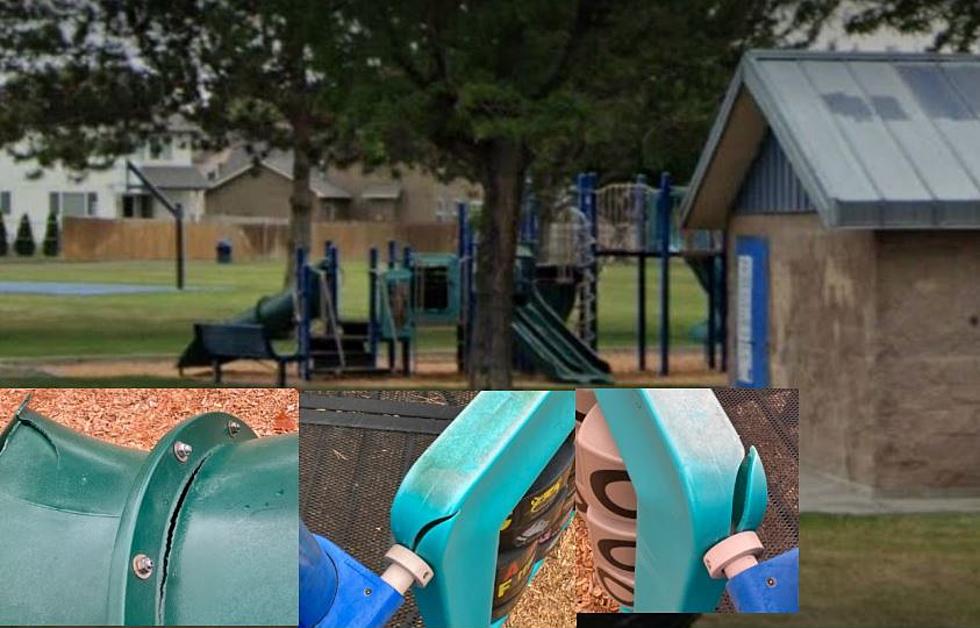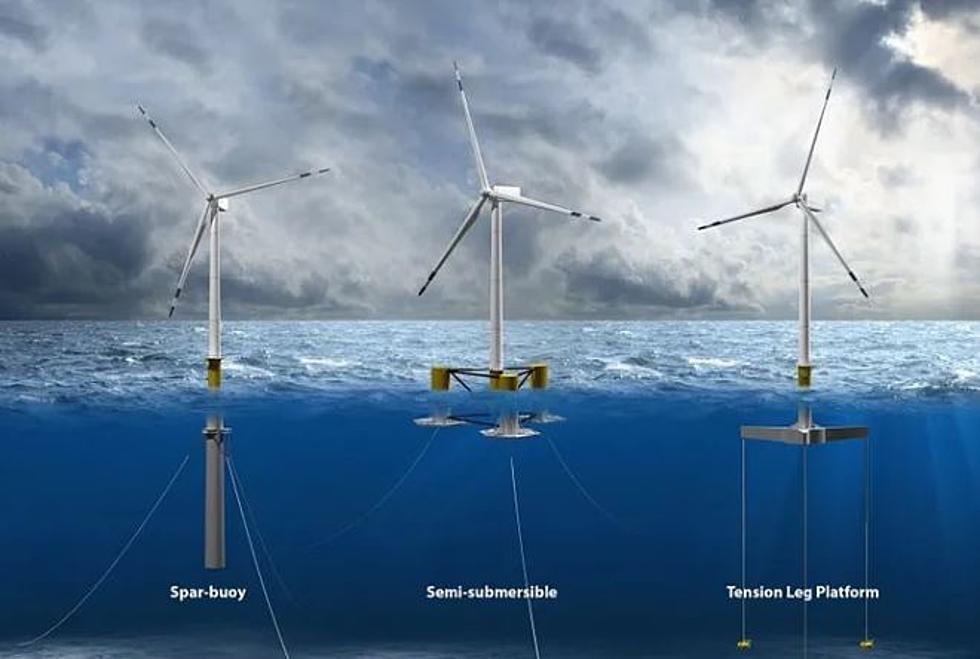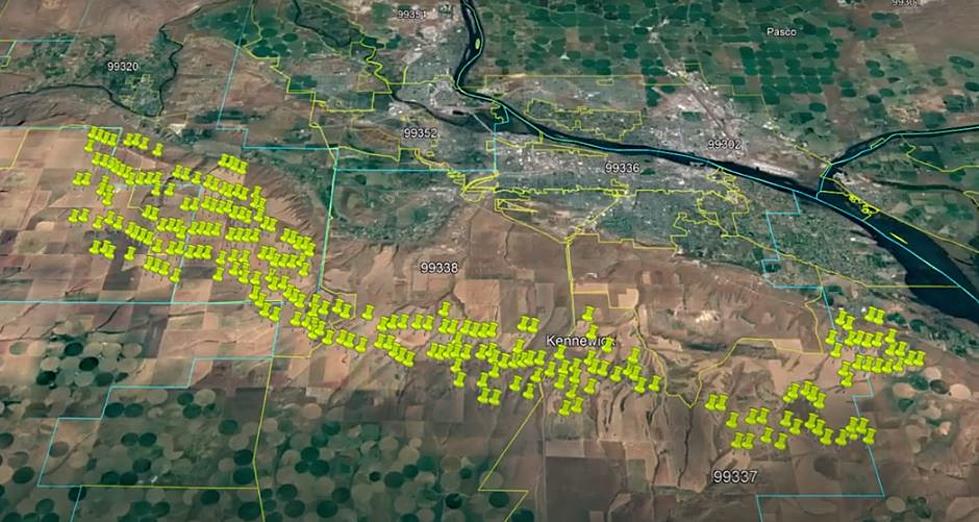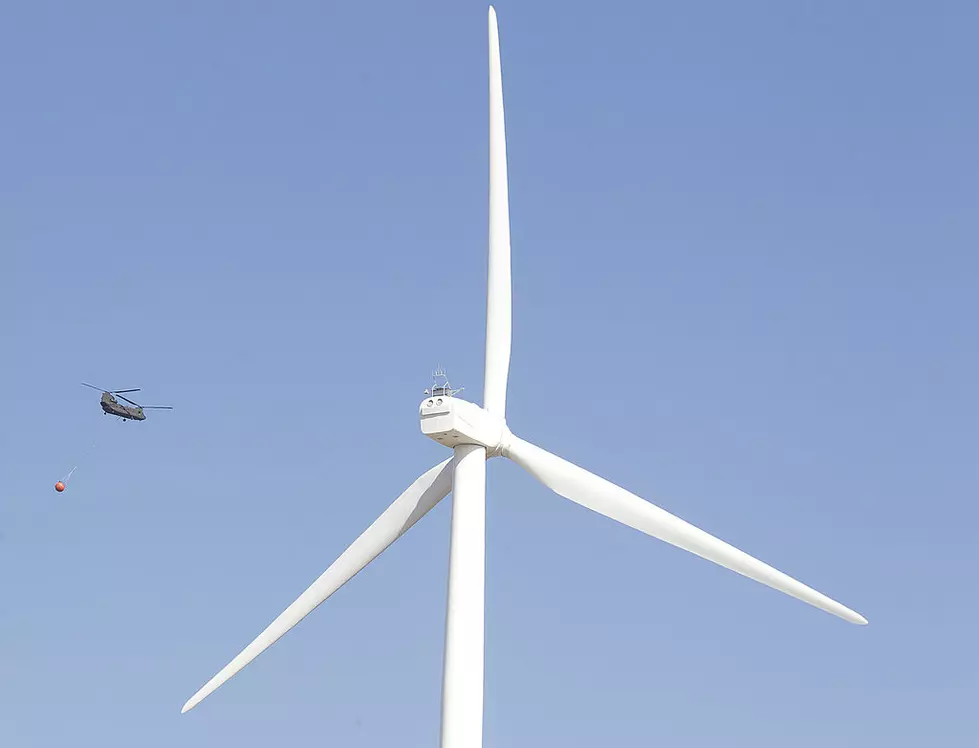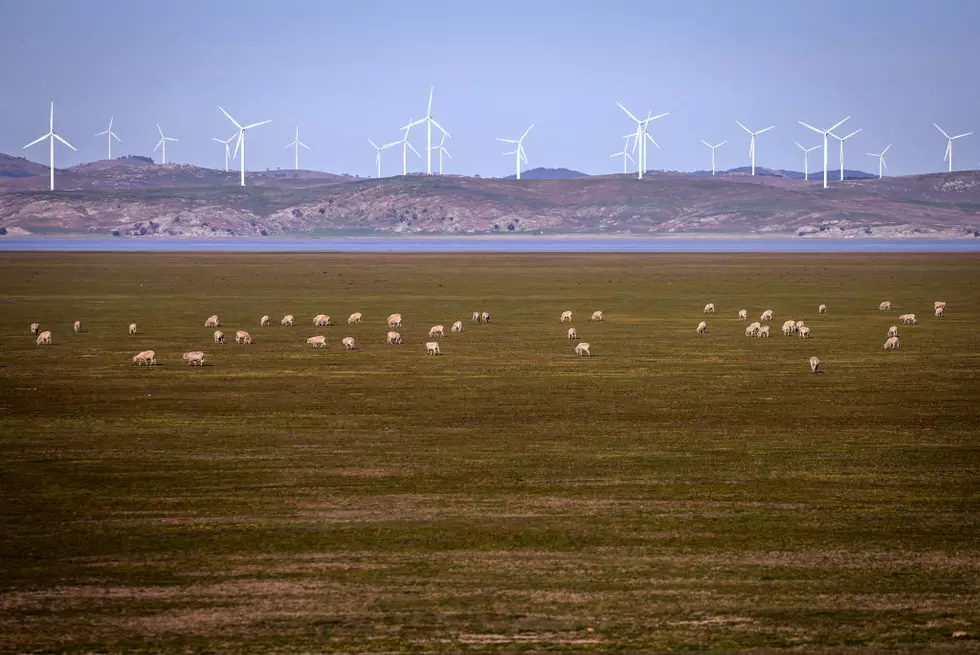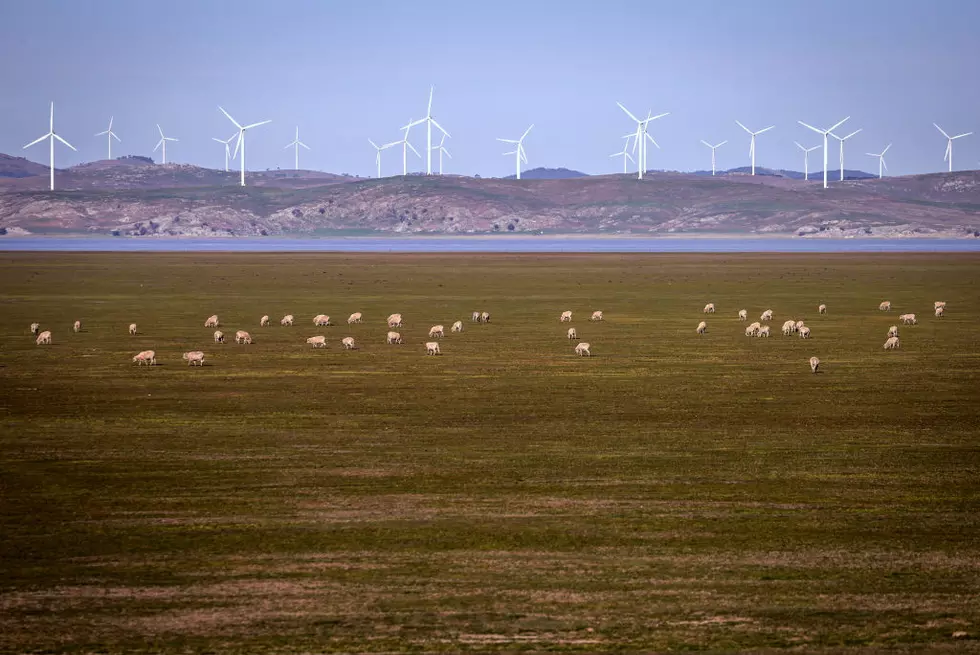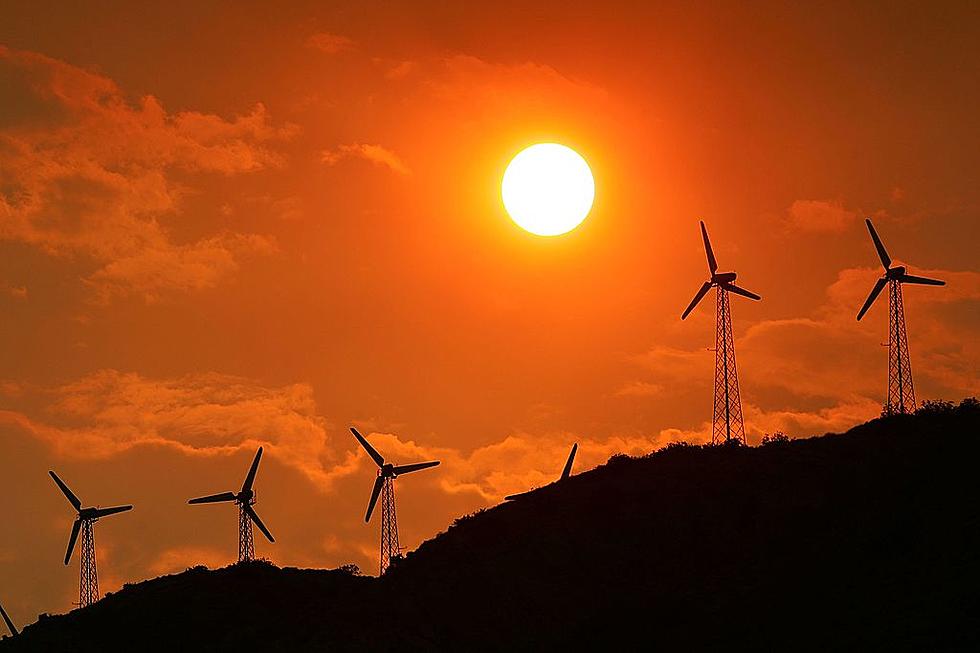
Opponents of HH Hills Wind Farm Concerned Over Turbine Fires
Probably the reason this study originated from Europe is because many areas are ahead of the U.S. when it comes to widespread wind farm use.
Although there are a lot of wind farms in the Pacific Northwest, and other U.S. areas where wind is frequent, there hasn't been the massive 'governmental' inplementation of wind power. We've seen pictures of massive farms in Germany, Netherlands, and other European nations.
Opponents of the massive Scout Energy Horse Heaven Hills Wind Farm have shared information from The Telegraph, a British newspaper. As far back as 2014, the Telegraph reported on a study done about wind turbine fires.
These turbines, although propelled by the wind, have oiled-lubricated 'engine' parts that undergo tremendous strain and friction. Malfunctions or lack of lubricants can lead to some catastrophic failures and fires; or it if the lubricants break down too fast.
The study was done by the Imperial College of London, claiming fire is the second leading cause of wind turbine issues, after blade failure. The study was released in July 2014, and at that time, was based upon an estimated worldwide 'population' about at least 200K of the units.
The study claimed on average, 11.7 such fires are widely reported by either the energy companies themselves, or are alerted to and reported by media.
However, the Imperial College study said the actual number of fires is believed to be around 117 annually (worldwide). The study claims only ten percent of such fires are made widely public, leaving about 90% relatively unknown to most people.
The study says while wind power is a viable sources of renewable energy, fires not only result in costly down time for wind machines but often result in a total loss. They also emit harmful fumes and smoke; when they go up in flames they're not exactly small blazes.
An October 2020 article in Wind Power Magazine pointed out estimates vary as to how many turbines catch fire each year; some claim it's 1 in every 2,000, other sources say higher or lower rates. However, the Wind Power article says these estimates are often going off outdated information that can be up to five years old.
The reason for that is a reluctance by some energy companies or wind farm operators to report on these kinds of issues. One of the main reasons is they fear it would damage the reputation of wind power as a safe, reliable energy source.
The Wind Power aritlcle also pointed out some wind turbine fires have triggered natural cover fires in the areas surrounding them.
They references two fires in Texas in 2019 and 2020 which triggered multi acre brush fires, one of them over five square miles; and a 2019 Washington State Fire from a wind turbine in the Juniper Canyon Project that burned about a third of a square mile of brush. That fire was not that far from the Tri-Cities.
To see a YouTube video of some of the top ten wind turbine failures and fires, including the Juniper Canyon Fire in WA, click on the button below. In the video, it claims many of the failures and fires were never accompanied by official public reports as to what caused the issues.
LOOK: The most expensive weather and climate disasters in recent decades
More From 870 AM KFLD
